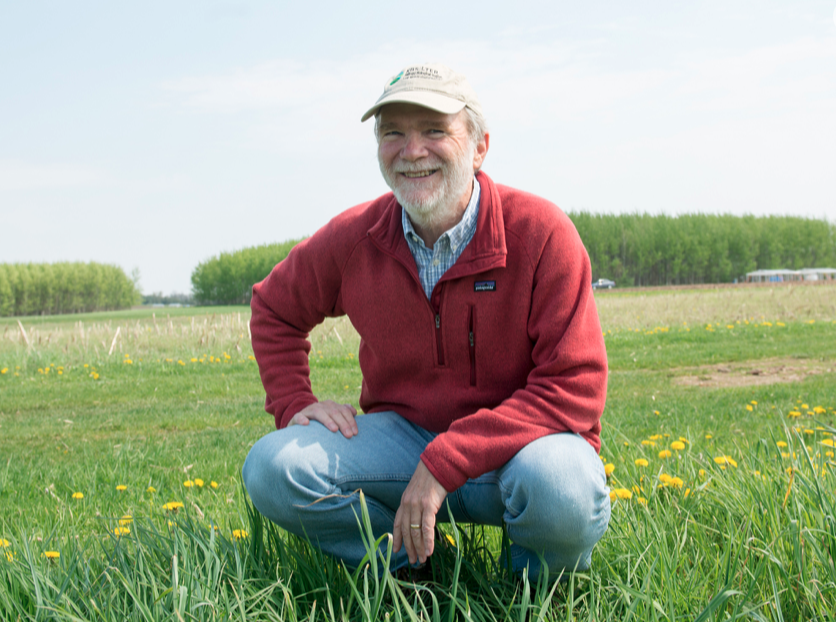An integrated approach to land management practices in the U.S. can reduce carbon dioxide in the atmosphere far more than earlier estimates based on separate approaches, Michigan State University researchers say. Their research was published May 31 in the journal Global Change Biology.

© Michigan State University
“Using only land management or bioenergy in an either-or scenario turns out to be short-sighted,” said Phil Robertson, a University Distinguished Professor of Plant, Soil and Microbial Sciences at MSU’s Kellogg Biological Station. “When we combine them, we find potential carbon dioxide storage capacity levels that neither approach alone can attain.”
Researchers are now finding how combining those practices might reduce carbon dioxide levels critical for keeping the global temperature increase below two degrees Celsius by year 2100.
Land management that naturally captures more carbon dioxide in soils, trees and natural areas has long been known for its potential to curb emissions. Bioenergy uses plant-based fuels to run cars on ethanol or electricity, and during its production the carbon dioxide it releases can be geologically stored or sequestered below ground.
Robertson and colleagues from Colorado State University and the University of Aberdeen in the U.K. assigned management practices known to reduce or capture greenhouse gases in cropland, grazing lands and forests to different portions of the U.S. landscape. Practices included reforestation, forest and grassland management, cropland practices like cover crops and no-till, and bioenergy production on lands not used to grow food. Many of these practices have additional benefits including improving soil health, biodiversity and water quality.
“We knew there might be some advantage to an integrated approach, but we were surprised at just how large it could be,” Robertson said, who has joint appointments in the College of Agriculture and Natural Resources and the College of Natural Science. “A 50% increase in the capacity for changes in land management to capture carbon dioxide is big, especially because we currently lack other affordable options for doing so.”
“We’re excited to explore this approach further and fine tune our understanding,” Robertson added. “But for now, we’re confident that an integrated approach that combines bioenergy and advanced management of crop, forest and grazing lands can provide climate benefits far greater than previously realized.”
Principal funding for this research came from the Department of Energy’s Great Lakes Bioenergy Research Center, the National Science Foundation’s Long-term Ecological Research Program and the USDA’s Long-term Agroecosystem Research Program.
Author
Emilie Lorditch
Source
Michigan State University, press release, 2022-05-31.
Supplier
Colorado State University
Great Lakes Bioenergy Research Center (GLBRC)
Michigan State University
National Science Foundation (USA)
University of Aberdeen
US Department of Agriculture (USDA)
US Department of Energy (DoE)
Share
Renewable Carbon News – Daily Newsletter
Subscribe to our daily email newsletter – the world's leading newsletter on renewable materials and chemicals










